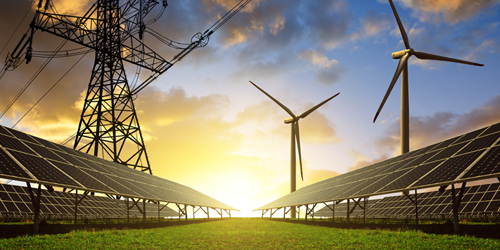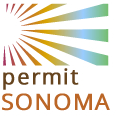-
- Items of Significant Public Interest
- Airport Land Use Commission
- Board of Building Appeals
- Board of Supervisors Ordinance No. 6398
- Board of Zoning Adjustments
- Design Review Committee
- Director's Advisory Group
- Dry Creek Valley Citizens Advisory Council
- Environmental Review Committee
- Landmarks Commission
- Lower Russian River Municipal Advisory Council
- Mark West Citizens Advisory Council (MWCAC)
- Planning Agency
- Planning Commission
- Project Review and Advisory Committee
- Sonoma County Coast Municipal Advisory Council
- Sonoma Valley Citizens Advisory Commission
-
- Agricultural Preserve
- Building & Grading Plan Check
- Building Inspection
- Cannabis Program
- Certificates of Compliance
- Coastal Permit
- Code Enforcement
- Design Review
- Encroachment
- Fire Prevention & HazMat
- Grading, Flood & Storm Water
- Planning
- Public Sewer
- Solar Permits
- Subdivision
- Subdivisions and Survey for Engineers and Surveyors
- Well and Septic
- Use Permits
- Zoning Permits
- Zone & Land Use Changes
- Policies and Procedures
- Frequently Asked Questions
- Calendar
- Back to Regulations and Initiatives
Renewable Energy

The County of Sonoma has adopted changes to the Zoning Code that enable the construction and use of renewable energy facilities throughout the county, while protecting sensitive resources and ensuring neighborhood compatibility. These changes became effective on 10-10-2013 and apply to parcels throughout the county, except in the coastal zone.
Renewable energy is considered a more sustainable energy supply because it is derived from sources that are naturally replenished including biomass, geothermal, solar and wind. The changes implement the resource conservation policies of the County’s General Plan to provide for widespread use of renewable energy through distributed generation and increase opportunities for renewable energy power producers. This effort was funded in part by an American Recovery and Reinvestment Act (ARRA) grant from the Department of Energy.
Renewable Energy projects are classified into two categories, Accessory Systems & Commercial Facilities:
- Accessory Systems provide energy primarily for on-site use (up to 125% of the on-site demand), and are allowed as a permitted use (“by-right”) subject to certain criteria. Rooftop Systems are also allowed by-right throughout the County, and are not subject to the 125% of on-site energy demand threshold.
- Commercial Facilities generate power primarily for off-site use, and are allowed with a Use Permit in certain zones. In the agricultural and resource zones, solar power generation facilities will require a rezone to add the “RE” (Renewable Energy) Combining Zone. All of these facilities are also subject to special use standards for the type of facility.
Renewable Energy Provisions and Special Use Standards
The adopted Renewable Energy provisions and the Special Use Standards for each type of renewable energy use are as follows:
Renewable Energy Ordinance
- Adopted Ordinance and Definitions 6046
- Exhibit A - for Ordinance 6046 Combining Zone Regulations
- Exhibit B - Required Parking Standards
- Exhibit C - Allowed Uses and Permit Requirements (PDF: 93 kB)
- Exhibit D - General Development Standards for Renewable Energy Projects
- Exhibit E - Bioenergy Facilities Special Use Standards
- Exhibit F - Solar Energy Facilities – Special Use Standards
- Exhibit G - Wind Energy Special Use Standards
- Exhibit H - Density Bonus for Renewable Energy Systems
Summary Fact Sheets
- Accessory Renewable System Systems
- BioEnergy Special Use Provisions
- Density Bonus
- Flexible Parking Standards
- General Development Standards for Renewable Energy Projects
- Renewable Energy Combining Zone
- Special Use Standards for Solar Systems and Facilities
- Special Use Standards for Wind Energy Systems and Facilities
Background
- Board of Supervisor's Staff Report (PDF: 107kB)

 Translate
Translate